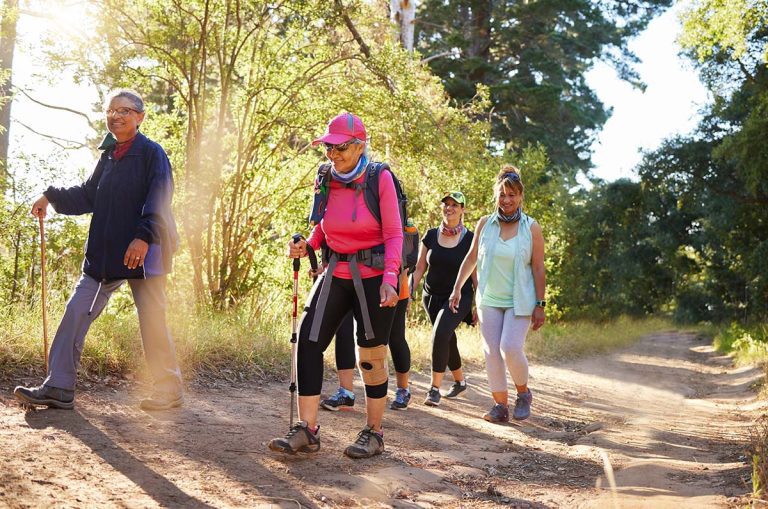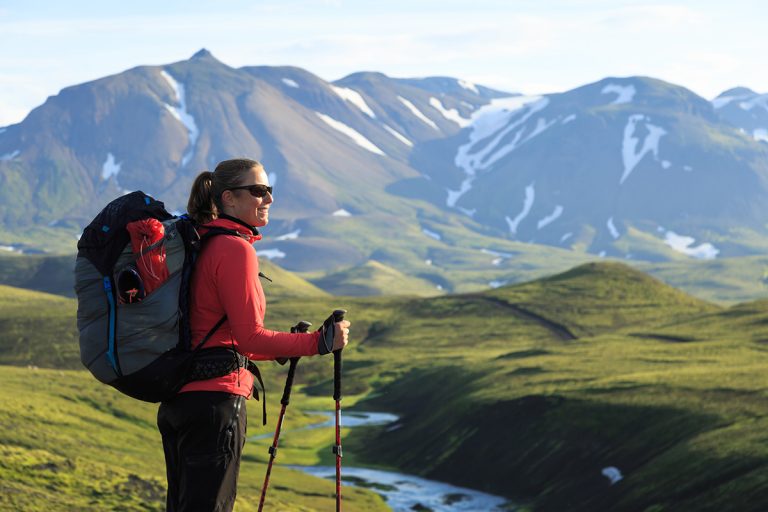Assessing risk in outdoor and experiential adventure programs

[This article was originally published by the Association for Experiential Education, a global community of experiential educators and practitioners with the shared goal of enriching lives through experiential education.]
The group of high school students hiked down the dry streambed at the bottom of the canyon, the steep sandstone walls protecting them from the blazing desert sun. The 25 teenagers, part of a prestigious leadership academy, were on a three-day bonding trek through the Israeli desert. Suddenly, from somewhere, came the sound of rushing water. About sixty seconds later, a torrential flash flood descended on the group, trapped between narrow canyon walls up to 20 meters high. Ten students—nine female, one male—were swept away and drowned.
Four months later, 11 hikers died in another sudden flood in a national park in Italy.
Both terrible tragedies happened earlier this year. For anyone considering signing themselves or a family member up to participate in an outdoor adventure, they raise the question: how do I determine if it’s safe?
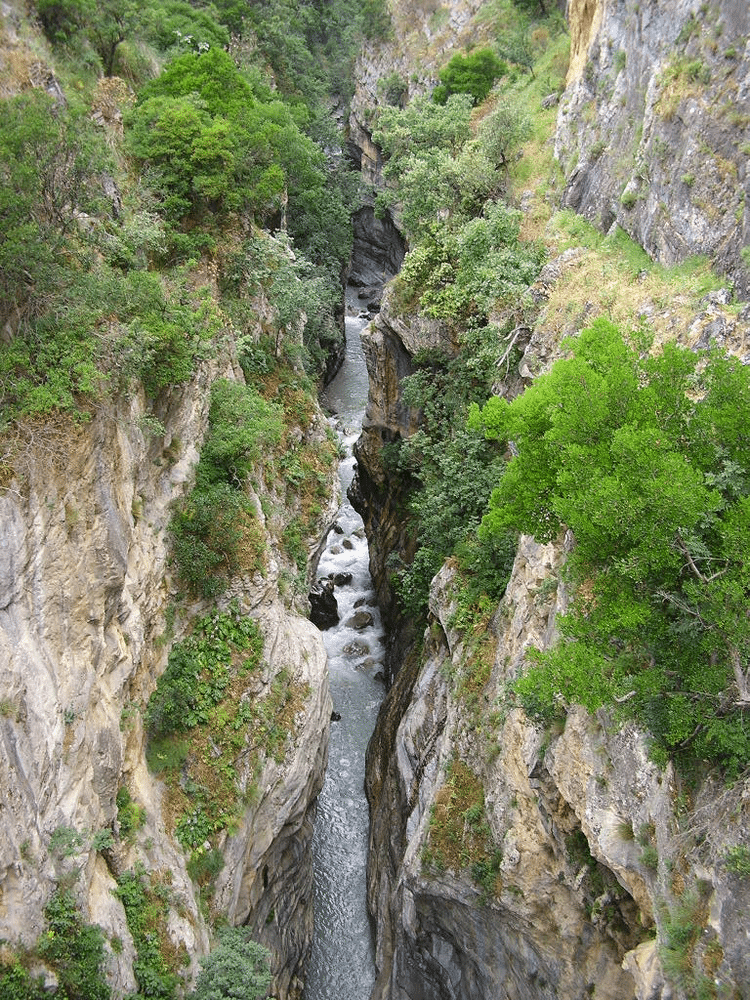
Considering the type of activity and location are easy first steps. No outdoor adventure (or other life activity) can be considered always 100 percent safe—free from any loss. But a high-altitude mountaineering expedition in the remote Himalaya likely poses greater risk than an afternoon with the birdwatching club in the local park. (If it doesn’t, it’s probably time to find a different birdwatching club.)
Other factors are harder to assess. How knowledgeable are the trip leaders? How well-developed are the outdoor program’s emergency plans? Does the organization systematically track and learn from any safety incidents?
Towards Standards for Safety and Quality in Outdoor Adventures
One way to tell if an experiential adventure program meets high standards for risk management is to see if the organization has earned accreditation from the Association for Experiential Education (AEE).
AEE’s accreditation for adventure programs covers more than safety: organizations must meet standards for ethics, curriculum, and good governance, among others. Yet the mark of accreditation is a clear sign that a program takes seriously its responsibility for consistent excellence in risk management.
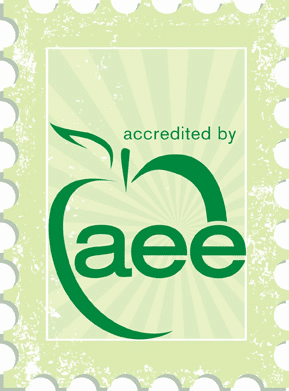
AEE’s accreditation program began in 1994, for the purpose of elevating the quality of experiential adventure experiences, particularly those in the out-of-doors. The accreditation process is rigorous; there are 276 standards to be met, and adventure programs routinely take years to prepare for and complete the steps to accreditation. Only the most dedicated and elite organizations complete the demanding process: there are just 62 AEE-accredited institutions world-wide, most in North America.
The process begins with submitting an initial application to AEE for determining eligibility to be considered for accreditation. The organization next submits an extensive self-assessment study. Accreditation reviewers conduct an on-site visit to assess programs and systems first-hand, and provide a written report. The organization reviews and comments on the report. AEE’s Accreditation Council then makes a final decision regarding whether or not to award accreditation.
An Intensive Review, On Site
Accreditation reviewers are seasoned experiential education specialists with expertise in outdoor program risk management, adventure-based learning, and more. Jeff Baierlein, Director of outdoor program consultancy Viristar, recently completed a site review of an organization seeking AEE re-accreditation. Along with two other expert reviewers, Jeff read the organization’s self-assessment study of close to 200 pages, and reviewed over 600 additional pages of supporting documentation.
While Jeff’s partner reviewers observed rock climbing programs in action and examined the high ropes challenge course, Jeff inspected outdoor gear, reviewed additional documents on site, and interviewed administrative staff.
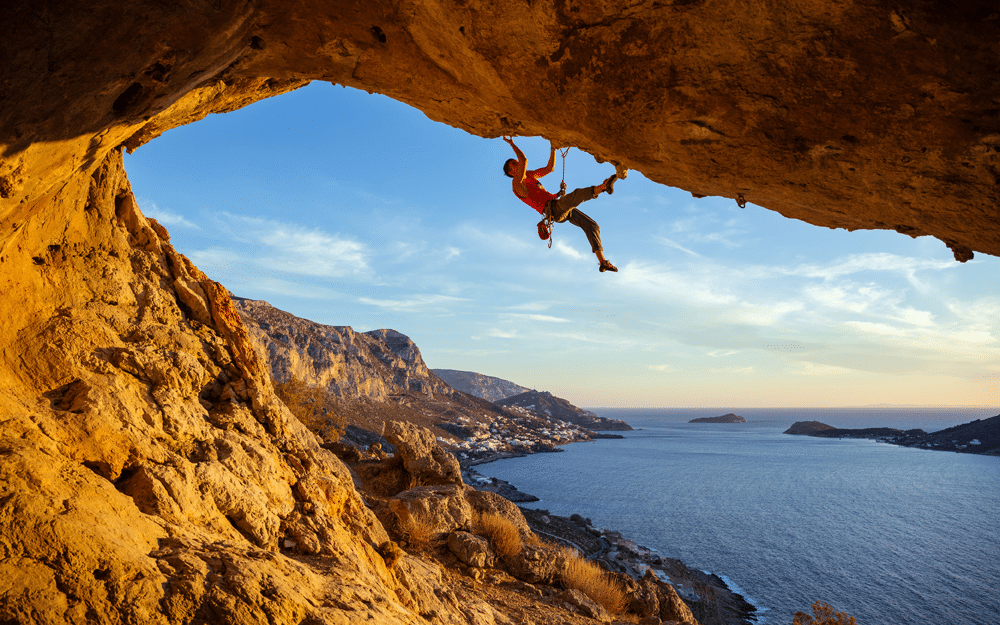
Jeff queried program managers: how would you approach medical screening for a potential sea kayaking trip participant with a seizure history? Or who is taking warfarin (Coumadin)? How do you inspect, clean, and store your climbing ropes? How do you assess the staff training and emergency plans of subcontractors who lead kayaking expeditions?
(Jeff, who has been involved as a volunteer with AEE for over a dozen years as Board member, regional treasurer, conference presenter, and accreditation reviewer, also knows the accreditation process from the perspective of a company seeking accreditation, having led an organization re-accredited by AEE.)
After full days of in-person observation and conversation, and long nights of discussion between site reviewers, the review team gave an assessment. The organization did well. But most reviews find at least a handful of items for accreditation candidates to tighten up, and each adventure program has the opportunity to address these before AEE’s Accreditation Council takes a final vote.
At the end of this exhaustive process, it’s a great relief for any experiential adventure program to be awarded accreditation. And it can be a relief for those who sign up themselves, their family members, or others, to participate in a rock climbing day, wilderness trek, water-based adventure, or challenge course experience. AEE accreditation is no guarantee of safety—nothing is—, but it marks a durable commitment to upholding high standards for outdoor risk management and educational quality.

Other Signs of Outdoor Risk Well-Managed
Accreditation by AEE is joined by other indications of quality outdoor program risk management. Accreditation of camp programs is offered by the American Camp Association. Challenge courses can demonstrate compliance with the American National Standard ANSI-ACCT 03-2016 Challenge Courses and Canopy/Zip Line Tours. Paddlesports staff can be trained in accordance with the American Boat & Yacht Council American National Standard regarding on-water instruction. Climbing and mountaineering businesses in the US can be accredited by the American Mountain Guides Association.
Some accreditation schemes and standards are relatively mainstream. Others are not widely adopted. Many are voluntary. Local and state/provincial regulations exist in some areas, although in the US the outdoor adventure industry is not specifically regulated at the federal level. This is not the case world-wide, however. In the UK, for example, commercial adventure programs are regulated by the UK’s Adventure Activities Licensing Authority. These nation-wide restrictions were instituted following the 1993 deaths by drowning of four students on a sea kayaking outing in Lyme Bay on the south coast of England.
Outdoor adventure programs are best when they commission and learn from regular internal and external risk management reviews. Specialized inspections of challenge courses should be conducted annually. Wide-ranging internal and external safety reviews should be held periodically. Internal safety reviews are led by the organization’s staff, along with members of its Risk Management Committee. External safety reviews are conducted by organizations with special expertise in the conduct of such reviews. (Viristar is among the organizations that conduct risk management reviews for experiential and outdoor programs.) Accreditation and additional, regular inspections and reviews from within and outside the adventure program can combine to give reliable assurance of risk management performance meeting or exceeding industry standards.
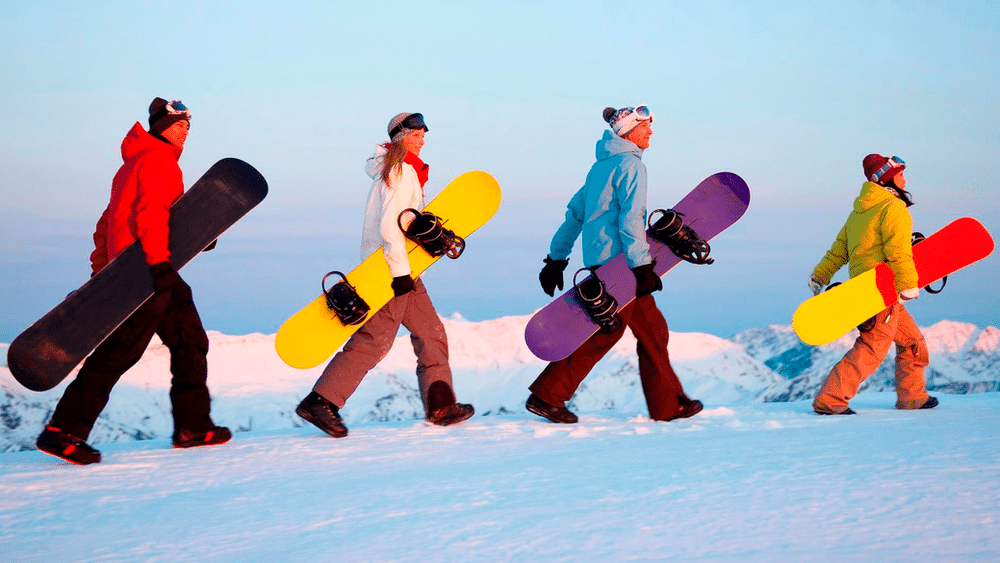
The Rewards and Risks of Outdoor Adventure: A Successful Balance
Experiential adventures have risks inherent to the activities. Hikers may slip and twist a knee. International trekkers may get food poisoning. Boaters can get sunburn. Fatalities are exceedingly rare occurrences: driving a car to the trailhead is considered significantly more hazardous than hiking the trail. These risks cannot be completely eliminated without fundamentally altering the nature of the outdoor adventure.
But evidence of an adventure-based organization’s commitment to maintaining high standards in risk management can be found in AEE accreditation, demonstrated compliance with consensus standards, and regular internal and external risk management reviews.
With a strong demonstration of this commitment to managing outdoor risk, you and your family members can look forward to marvelous, successful, and memorable adventures in the out-of-doors.
